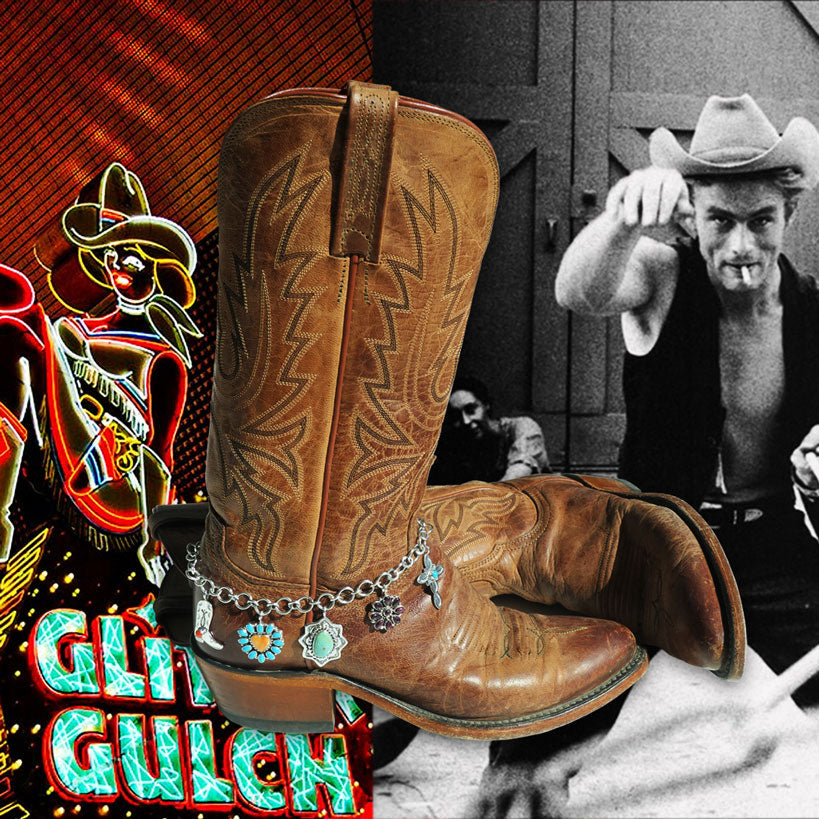
History of Diné (Navajo) Silversmithing
The story of Diné (Navajo) silversmithing is a fascinating journey. While often romanticized, its origins are rooted in a specific historical context, beginning in the mid-19th century just north of present-day Gallup, at a small military outpost at Sheep Springs.
The year was 1853, and Captain Dodge, stationed at this outpost, played an unexpected role in this artistic evolution. At the time, unfortunately, the Diné were labeled as "marauders" and "wild Indians," despite their established agricultural practices, including corn cultivation. In a paternalistic attempt to introduce new skills, Captain Dodge initiated the teaching of silversmithing to the Diné.
This initial foray, however, was short-lived. The disruption of the Civil War led to the abandonment of the Sheep Springs outpost, and tragically, Captain Dodge met his demise at the hands of Apaches south of Zuni. The seeds of silversmithing, though planted, lay dormant until around 1870, when the Americans returned to the region.
By this time, the initial lessons had taken root. Several individuals had begun to grasp the techniques of working with silver. Among them emerged Atsidii Sání, recognized as the first known Diné silversmith. The Navajo word Atsidii comes from Atsid, which means “to pound,” a fitting term for someone shaping raw silver with fire and force.
The 1880s marked a significant turning point as the economic potential of silversmithing began to emerge. The idea of crafting silver for trade and potential income gained traction within the Diné community. This economic incentive fueled the growth of the practice.
Another pivotal innovation arrived around 1890: the introduction of stone setting, with turquoise being the first gemstone incorporated into the silverwork. These early pieces were part of what’s now known as the First Phase Navajo Jewelry—characterized by its substantial weight and durability. This jewelry was made for the Indians. These were not delicate adornments; they were meant to be worn daily and withstand the elements. Their heft – some cuffs weighing up to half a pound – ensured they wouldn't easily succumb to dirt, grease, and the rigors of daily life.
The landscape began to shift dramatically around 1890 with the arrival of the Santa Fe railroad and the increasing presence of white settlers in areas like Gallup. By 1910, a true paradigm shift was underway. The market for Diné silverwork was starting to be significantly influenced by figures like Fred Harvey and Lorenzo Hubbell, along with the rise of other prominent trading posts.
This burgeoning tourism industry created a new demand, and traders encouraged Diné silversmiths to produce lighter, more easily marketable pieces. The jewelry was no longer made from sterling silver, instead, it was fabricated of German silver - a mix of copper, nickel, and zinc. Suddenly, the emphasis shifted from heavy, durable personal adornment to lighter jewelry featuring motifs like bows & arrows and stars – designs created for the tourist market. The allure of Diné artistry resonated with prominent figures like Georgia O’Keeffe and Albert Lujan, who were drawn to the Southwest lifestyle and indigenous art. This era is often called the Second Phase Navajo Jewelry, a period characterized by increased commercialism and a growing demand for "native" crafts.
The history of Diné silversmithing is a testament to the ingenuity and adaptability of the Diné people. From its initial spark, the art form quickly became integrated into the Navajo cultural and economic fabric.
Cowgirls & Indians is dedicated to the robust craftsmanship and tangible quality of traditional First Phase Diné jewelry, prioritizing pieces that can withstand time and hard work. In a market saturated with lighter, more mass-produced Native American-inspired jewelry, our silversmiths are going back to the traditional ways choosing to work with silver and gold to create durable, heirloom-quality jewelry designed to last.



